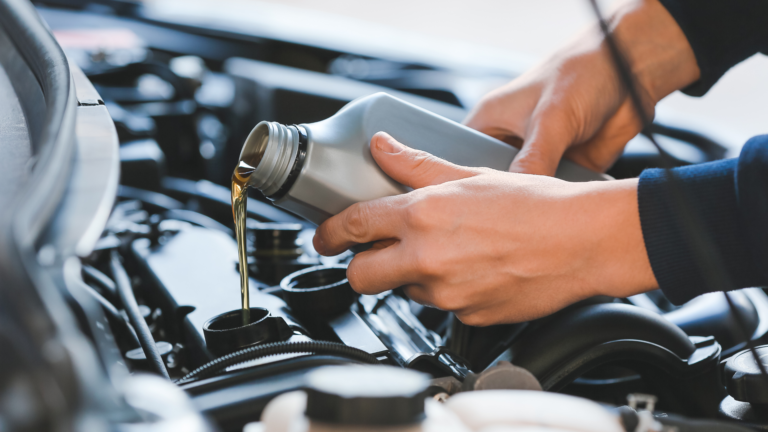The brake fluid flush is one of the most frequently forgotten car maintenance services. Many motorists do not even realize that a brake fluid flush is an item that should be on their maintenance list and others feel as though their mechanic is trying to take advantage of them or sell an unneeded service when a brake fluid flush is recommended. I can assure you that your local mechanic is not trying to take advantage of you; a vehicle’s brake fluid does need to be flushed periodically in order to help prevent costly brake system repairs.
As with extended oil change intervals discussed in the article on the importance of adhering to a regular oil change schedule, many vehicle manufacturers have omitted brake fluid service from their service schedule. Though it is not known exactly why this is, it may have resulted from manufacturers trying to reduce the apparent cost of long-term vehicle maintenance in an attempt to make their products more appealing than their competitors. This isn’t much of a concern for the first couple of years but with economic instability, many people are choosing to keep their vehicles longer and brake fluid maintenance needs to be given its due.
The primary reason brake fluid should be flushed periodically is because it is a hygroscopic fluid, meaning that it readily absorbs and retains moisture. Though this might seem a bit odd at first glance, that is exactly what we want the brake fluid to do. With the understanding that many of the brake system components are made from metal, we can quickly see that moisture is the enemy. Brake fluid, by absorbing any moisture that gets into the system and retaining it, helps to prevent moisture related corrosion and failure of internal brake system components. Even the highest quality brake fluid can only retain so much moisture, however, so it periodically must be flushed from the system and replaced with new fluid.
There are special test strips and other similar items available to help determine when the fluid is in need of changing but a simple method is to assess the color of the brake fluid in your vehicle’s brake fluid reservoir. Fresh/new brake fluid is clear in color with a very slight yellow hue. Brake fluid which has served its useful life and is in need of change is deeper amber in color (or even brown or black in some cases). The use of a flashlight can be helpful in gaining an understanding of brake fluid conditions. Use the flashlight to shine through the master cylinder of most late-model vehicles. For older vehicles with metal master cylinder reservoirs, shine the light down from the top and look through the fluid to the bottom of the reservoir. If the fluid has a heavy amber hue, the fluid is ready to be replaced.
A good general rule of thumb on the frequency for having your modern vehicle’s brake fluid flushed is to have it done every two years, especially on those vehicles equipped with antilock braking systems. Years ago, prior to the advent of anti lock brakes, flushing the brake fluid was not as much of a concern. The more intricate fluid circuitry of the hydraulic control units on today’s anti lock brake and traction-control equipped vehicles are much more sensitive to moisture and small particulate debris. Additionally, the actuation of these systems during braking or traction controlled events generate heat which further contributes to the breakdown of the brake fluid. With the potential of vehicle safety concerns and brake system repairs that could cost hundreds of dollars, the money spent on a brake fluid flush every two years is well worth the peace of mind.
SOURCE : http://www.examiner.com/article/the-importance-of-vehicle-maintenance-the-brake-fluid-flush
Here’s another good brake flush article I liked….http://www.aa1car.com/library/bfluid.htm




